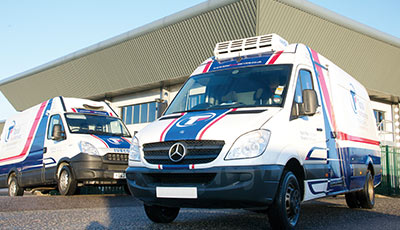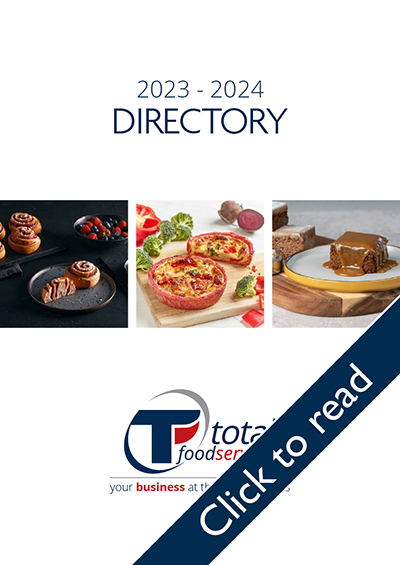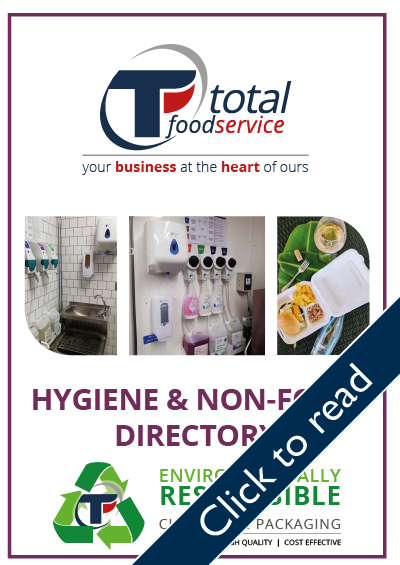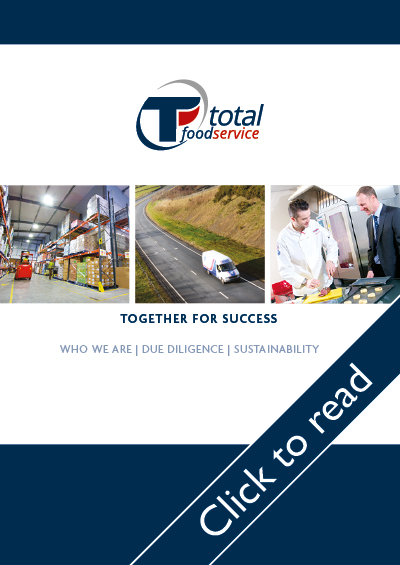Time Cheats

The staffing crisis in hospitality is still hitting operators hard, with many independent business owners having to decide between working longer hours, seven days a week or closing their business for two days due to lack of cover. While most operators are battling through what is undoubtedly a trying situation, we wanted to investigate ways to streamline processes, find efficiencies in the kitchen and ease the pain of running a business understaffed.
Mise en Place: The foundation of efficiency
Mise en place, or “everything in its place,” is a fundamental principle in professional kitchens and involves prepping ingredients and organising the workspace before service begins. By chopping vegetables, measuring spices, and arranging tools in advance, chefs can reduce cooking times and minimise disruption during peak hours.
Standardised recipes and portion control
Creating standardised recipes ensures consistency and speed in food preparation. Each dish should have a precise recipe that includes portion sizes, cooking times, and plating instructions. This not only maintains quality but also helps to train new staff quickly, as they can follow clear guidelines without constant supervision.
School caterers face the challenge of serving large volumes of pupils within a short timeframe, so standardising menus while maintaining nutritional value can help to streamline operations. Start by rotating menus with a few staple items and incorporate seasonal ingredients to reduce preparation complexity and speed up service.
Pre-portioning school meals in advance can also save significant time during service and helps to manage portion control and reduce food waste. For example, preparing individual servings of fruits, salads, and main dishes ensures that pupils can quickly grab their meals and reduces the burden on serving staff.
Automation and technology integration
Integrating technology such as automated serving lines, point-of-sale systems, and kitchen management software can enhance efficiency. These tools while expensive initially, can help track inventory, manage orders, and predict demand, allowing kitchen staff to prepare accordingly and avoid last-minute rushes.
We are increasingly seeing robots taking front of house positions. Sales have been growing rapidly in recent years, with tens of thousands of robot servers gliding through dining rooms around the world. At the University of Houston, the school’s restaurant began using robot servers in December 2022 and the team have reported a more efficient service as well as easing the workload for staff. The novelty of such technology is exciting younger generations and entertaining the tech-curious, creating a marketable, unique dining experience.
Batch cooking
Preparing large quantities of food that can be quickly reheated or assembled during service is especially useful for dishes like soups, sauces, and stews, which can be made in advance and stored safely. Batch cooking not only saves time but also reduces waste and improves kitchen workflows.
Efficient use of kitchen equipment
Investing in high-quality kitchen equipment that can handle multiple tasks can significantly cut down preparation times. Items such as a combi-oven can steam, bake, and roast dishes simultaneously.
For residents with dysphagia, modifying the texture of foods is crucial. Investing in powerful blenders and food processors can streamline the preparation of puréed foods and ensure consistent results. Regular maintenance of equipment is necessary to optimise functionality, preventing time lost due to breakdowns.
Efficient serving stations
Designing efficient serving stations can facilitate a smoother flow of diners. Separating stations at events or school dining halls for different food items such as salads, pastries or drinks clearly labelled with signs will help to minimise bottlenecks. Staff can guide younger pupils through the process and clear signage can be added to ensure a quick and orderly service.

Customisable and adaptable menus
Care caterers, event operators and schools often need to accommodate diverse dietary requirements, including allergies, meat-free meals and to support those with health problems such as dysphagia. Developing dishes that require a few common ingredients and can be easily adapted ensures all diners receive appropriate meals without extensive additional preparation.
For example, using a basic tomato sauce that’s free of allergens and meat is a great starting point for a broad range of dishes from pizzas and spaghetti to shepherd’s pie or melanzane alla parmigiana. It can be prepared in a single large batch and then frozen ready for use. Alternatively, combining avocados, garlic, parsley, coriander, olive oil, lime juice and salt gives you a great base for a dip, marinade, sauce or spread to which you can add pistachios or sunflower seeds before pairing it with salads, quesadillas, meat, bread or pasta.
Inventory management and supplier relationships
Efficient inventory management prevents overstocking and reduces the time spent on stocktaking. Implementing a first-in, first-out (FIFO) system ensures older stock is used first, minimising waste. To operate this system, label your food with the date it is stored and put older foods in front or on top of the newer, so that you use it first.
Speaking to your suppliers regularly can also reveal new products that use high quality ingredients but save preparation time. “The process of creating bakery items in particular is highly skilled and can be time consuming” says Charlotte Perkins, commercial manager, Pan’Artisan Ltd. “Many of our customers use our dough ball range to make customised bakery items for their operation - these products offer an incredibly versatile option and with a little effort and creativity anything from cinnamon swirls, breakfast rolls to calzone are easy and quick to produce.”














